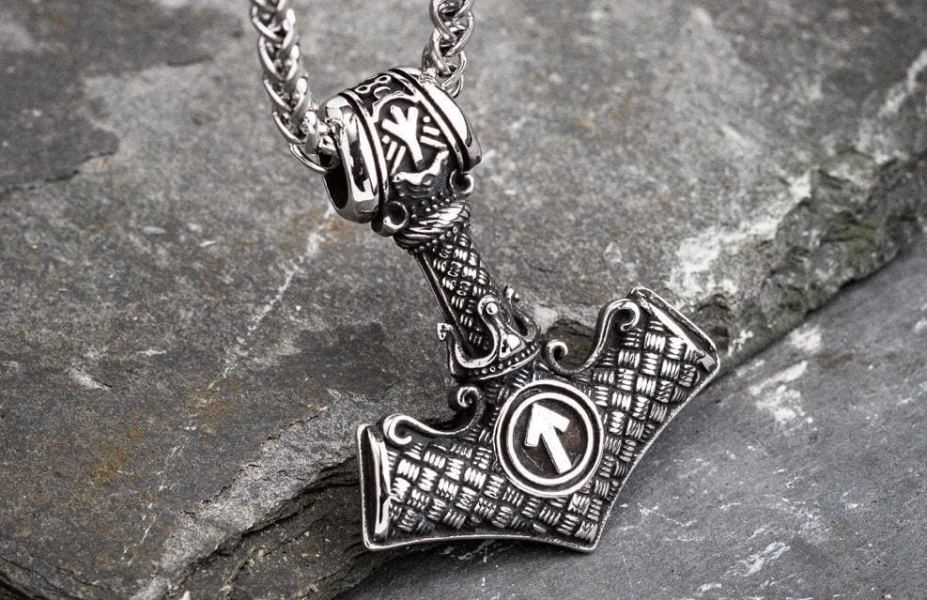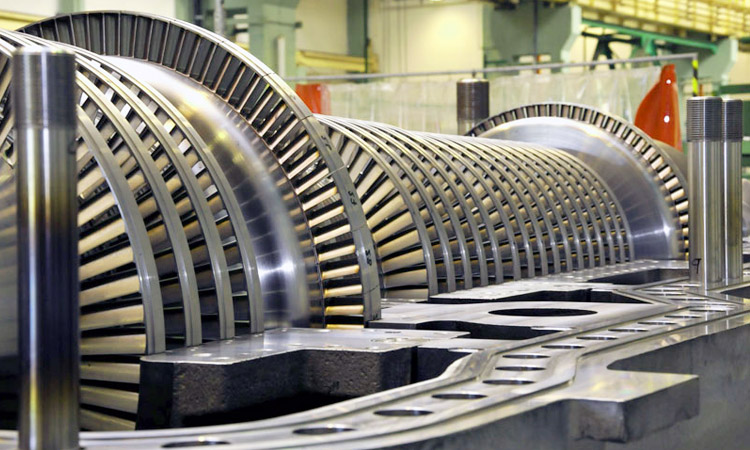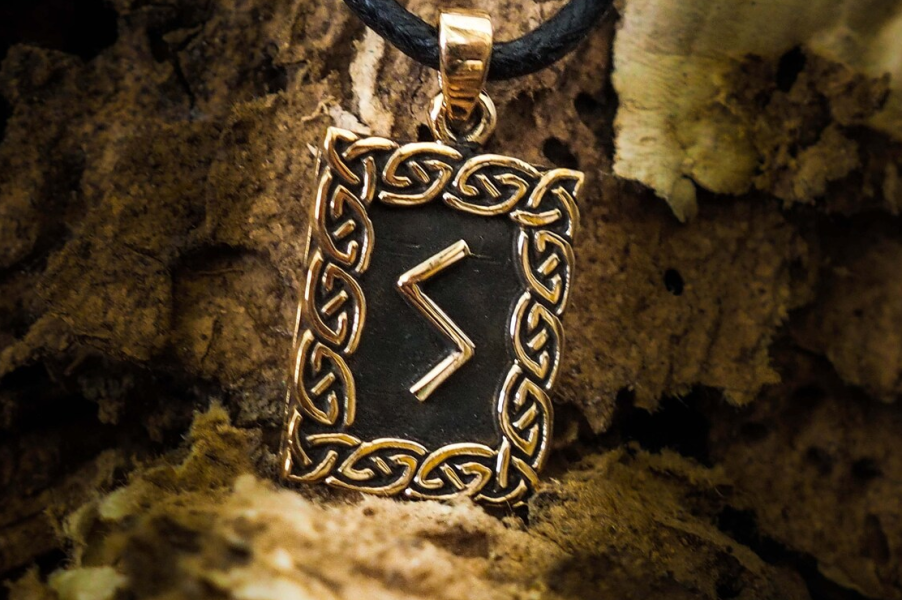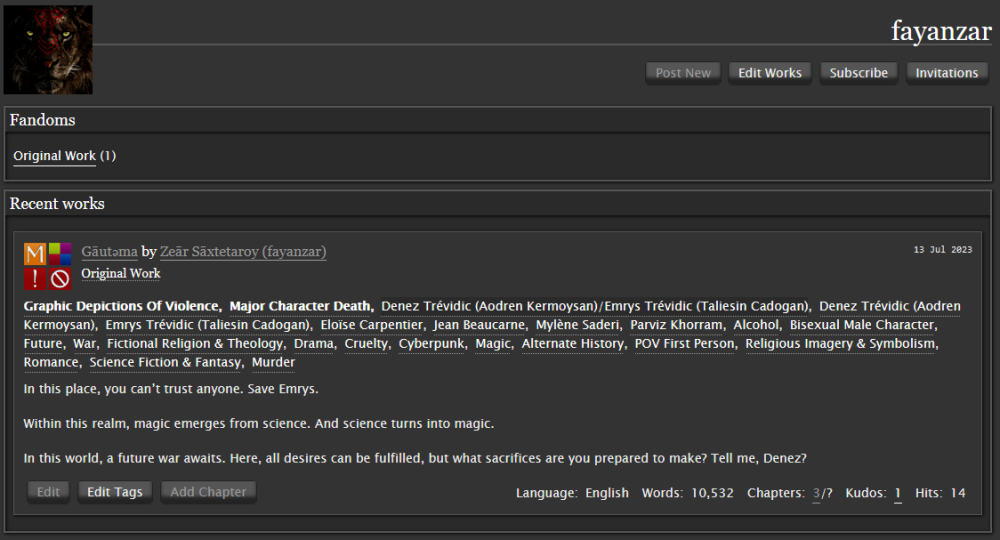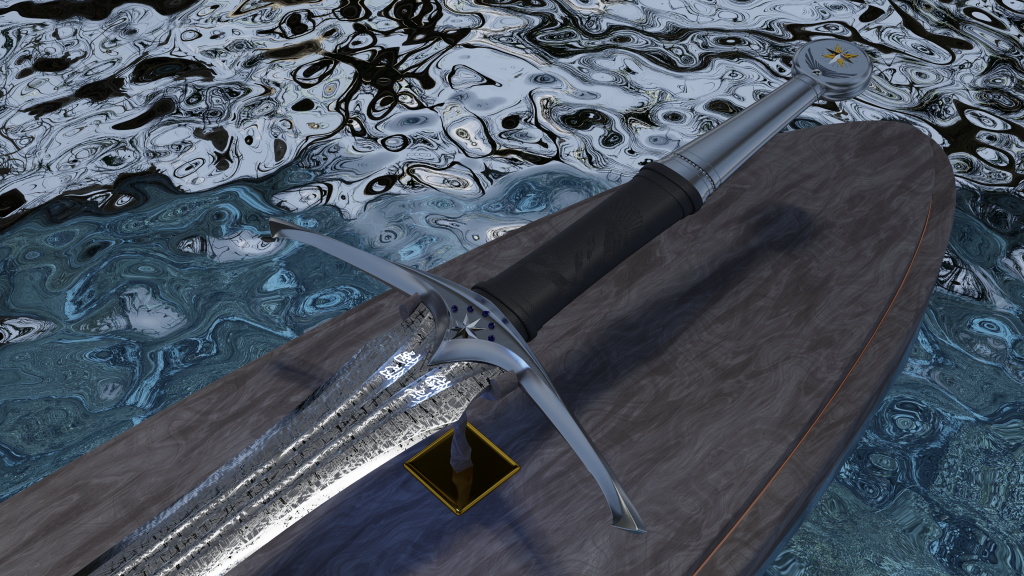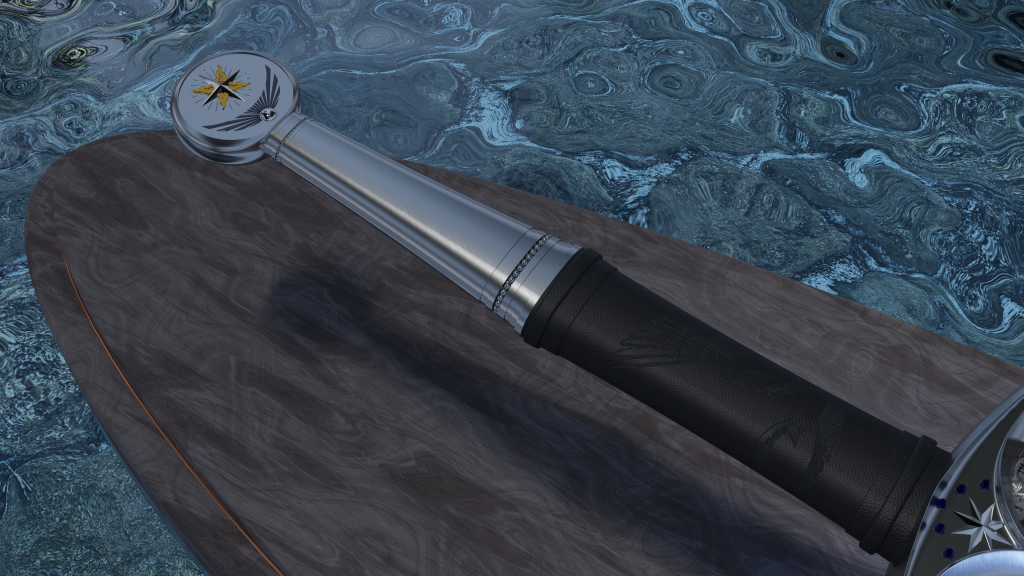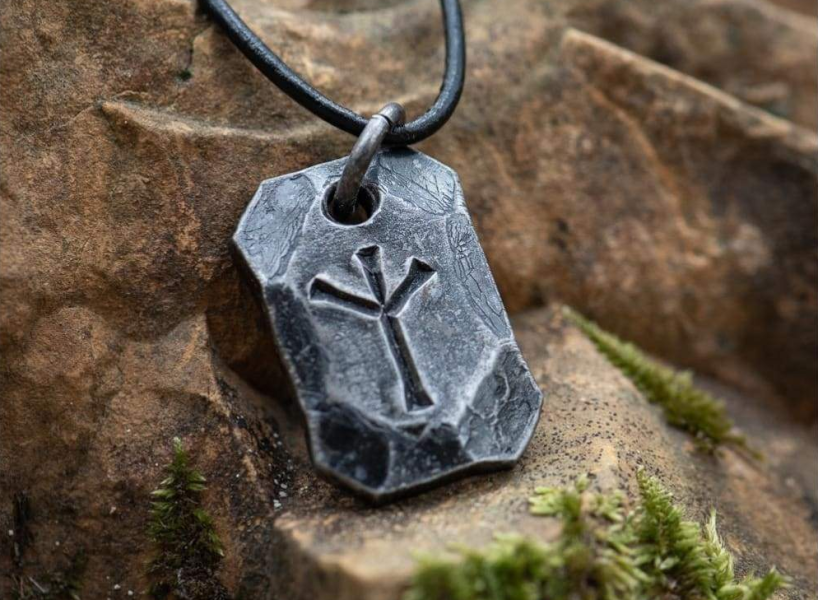Between work and even more work I was able to find some time for a short post. Literally about the very pants I’m sitting in right now.
Well, to be completely honest, not so literally. It's just... have you ever wondered why modern jearths even wear clothes? We have fur, which completely protects us from the cold, so what’s the point of putting something else on ourselves?
To answer this question, we need to look into history—as always. We can start, actually, from the third or fourth century AD. At that time, Orobean jearths lived very compactly on one small piece of territory; they rarely allowed outsiders in, and if they did, it was under the almost obligatory condition that they would strip naked. The Eryakhsharian jearths of that time did not accept clothing and believed that those wearing it were ashamed of their body—and, as a result, treated them with contempt.
What has changed? First, Christianity, which did not really encourage public nudity, penetrated into early medieval Eryakhshar. It, however, did not have any particular influence, but several centuries later Eryakhshar was conquered by the Biniz. And so Islam, which they observed, imposed a very strict ban on nudity.
The jearths had two options: to be stoned or to put some kind of cloth on themselves. And it is obvious that the majority chose the second option. At first, of course, no one liked it all, but then they somehow got used to it.
Now social morals (at least in Orobe) have softened somewhat, but still not completely. That is, few people require jearths to wear shirts, but the rules of public decency still oblige them to wear pants.
What is my opinion? I don't like pants. Moving the tail is not very convenient.

